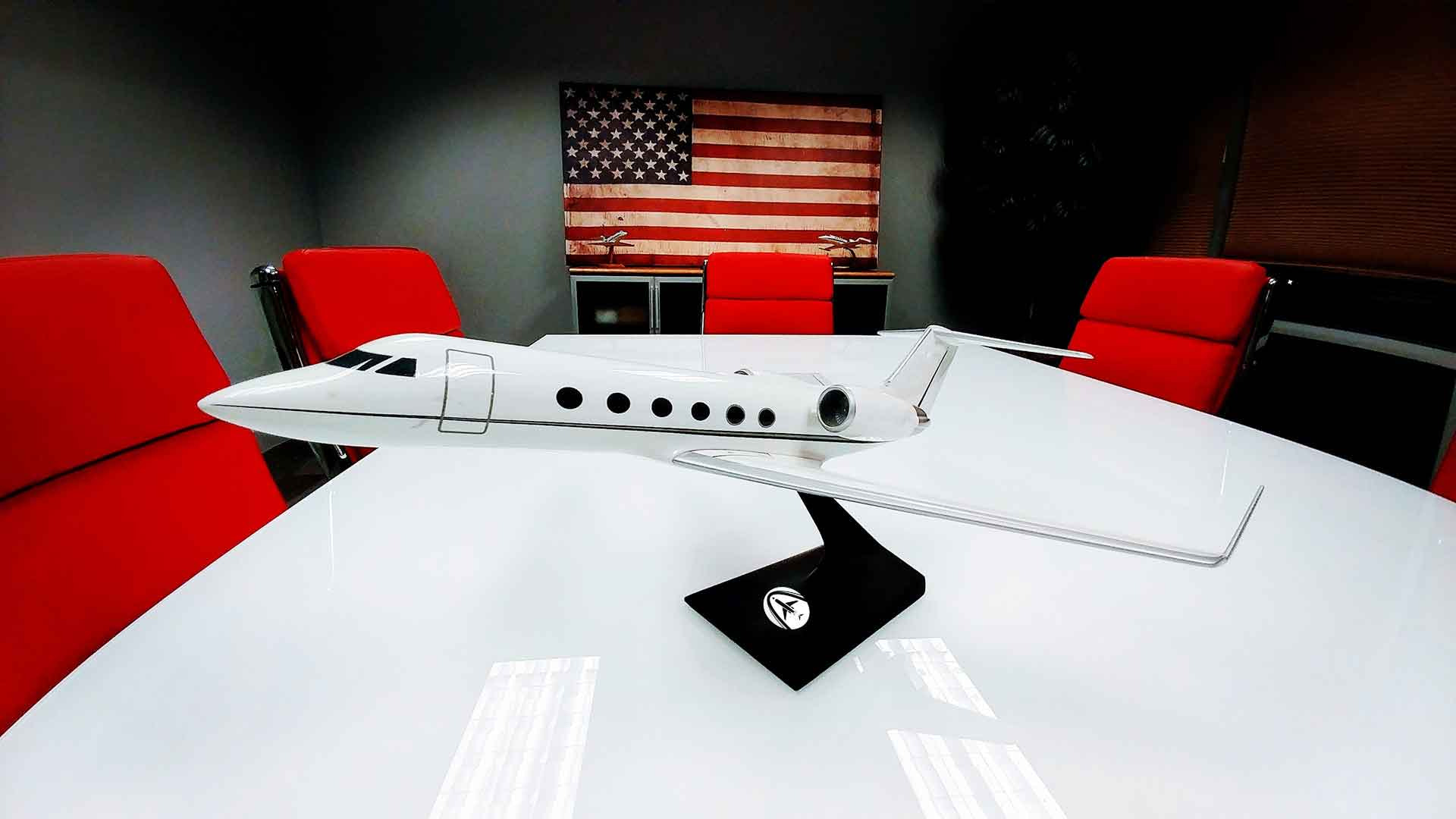lionelcable75
About lionelcable75
Private Jet Companies: The Evolution and Affect Of Luxurious Air Travel
Introduction
The private jet industry has seen remarkable development over the previous few decades, transforming from a distinct segment market catering to the ultra-wealthy into a booming sector that appeals to a diverse clientele. This case study explores the evolution of private jet companies, the elements driving their development, the competitive landscape, and the future of luxurious air travel.
Historical Context
The roots of private aviation will be traced back to the early 20th century, however it wasn’t till the post-World Warfare II period that the private jet market began to take shape. The introduction of the primary business jets within the 1960s, such because the Learjet 23, marked a turning point, allowing corporations and affluent people to journey with higher efficiency and comfort. The deregulation of the airline business within the late 1970s further catalyzed the expansion of private aviation, because it opened up new alternatives for charter providers and fractional possession models.
Market Dynamics
The private jet business is characterized by a number of key segments: full possession, fractional possession, charter services, and jet card applications. Each phase caters to different buyer needs and preferences.
- Full Possession: This mannequin appeals to high-net-value people and corporations that require common access to private jets. Ownership gives the final word flexibility and management but comes with vital monetary commitments, including upkeep, insurance, and operational costs.
- Fractional Possession: Companies like NetJets pioneered this model, allowing multiple owners to share the prices of a jet while enjoying the benefits of private journey. If you have any issues with regards to wherever and how to use private jets charter rates, you can speak to us at our web page. This strategy has democratized access to private aviation, making it extra appealing to mid-tier executives and affluent individuals.
- Charter Providers: Charter firms, reminiscent of VistaJet and Wheels Up, provide on-demand access to private jets without the need for ownership. This model is particularly engaging for individuals who fly infrequently or for particular occasions, because it supplies flexibility and price-effectiveness.
- Jet Card Programs: Jet card programs, provided by firms like Sentient Jet, allow clients to buy flight hours prematurely, providing a middle floor between chartering and possession. This mannequin has gained popularity amongst business travelers searching for predictable costs and guaranteed availability.
Competitive Landscape
The private jet market is highly aggressive, with quite a few players vying for market share. Main corporations like Bombardier, Gulfstream, and Dassault Aviation dominate the manufacturing sector, while charter and administration corporations corresponding to NetJets, Flexjet, and Air Companion lead the service segment.
Lately, the entry of new gamers, including tech startups like Blade and JetSmarter, has disrupted the standard landscape by leveraging know-how to boost customer expertise and streamline operations. These firms give attention to digital platforms that permit users to book flights with ease, providing a extra person-pleasant method to private travel.
Elements Driving Growth
Several elements have contributed to the rapid expansion of the private jet trade:
- Increased Wealth: The expansion of worldwide wealth, particularly in rising markets, has led to a surge in demand for private aviation providers. More individuals and companies are recognizing the value of time and convenience that private jets provide.
- Business Journey Demand: As globalization continues to form the enterprise panorama, executives usually require quick entry to multiple locations. Private jets facilitate this want, permitting corporations to maximise productiveness and decrease travel time.
- Technological Advancements: Improvements in aviation know-how have improved the efficiency, safety, and comfort of private jets. New aircraft fashions are outfitted with advanced avionics, quieter engines, and luxurious interiors, interesting to a discerning clientele.
- COVID-19 Pandemic: The COVID-19 pandemic considerably impacted commercial air journey, resulting in a surge in private jet usage as travelers sought safer and extra controlled environments. This trend has persisted, with many former commercial travelers opting for private jets as a most well-liked mode of transportation.
Challenges Going through the Trade
Despite its growth, the private jet industry faces several challenges:

- Regulatory Hurdles: The aviation sector is closely regulated, and private jet companies must navigate a posh internet of international, national, and native rules. Compliance could be expensive and time-consuming.
- Environmental Considerations: As the world becomes increasingly aware of local weather change, the aviation business is under pressure to scale back its carbon footprint. Private jet companies are exploring sustainable aviation fuels and extra efficient aircraft to address these concerns.
- Financial Uncertainty: The private jet market is sensitive to financial fluctuations. Financial downturns can result in decreased demand for luxurious providers, impacting sales and profitability.
The way forward for Private Aviation
Looking ahead, the private jet business is poised for continued evolution. Key tendencies shaping the future embody:
- Sustainability Initiatives: As environmental consciousness grows, private jet companies are investing in sustainable practices. This includes exploring electric and hybrid aircraft, in addition to committing to carbon offset programs to appeal to environmentally conscious travelers.
- Technological Integration: The combination of technology within the booking and flying expertise will proceed to reinforce customer comfort. Corporations are investing in apps and digital platforms that streamline the booking process and provide actual-time updates.
- Enlargement of Providers: Private jet companies are diversifying their choices to include ancillary providers akin to concierge providers, luxury floor transportation, and unique journey experiences, creating a extra complete travel solution for clients.
- Elevated Focus on Customer Expertise: With heightened competition, corporations are prioritizing customer support and personalization. Tailoring experiences to particular person preferences will develop into a key differentiator in attracting and retaining purchasers.
Conclusion
The private jet business has transformed significantly through the years, pushed by elevated demand, technological developments, and changing shopper preferences. While challenges stay, the way forward for private aviation appears brilliant, with alternatives for growth and innovation. As the market continues to evolve, private jet companies should adapt to fulfill the needs of a diverse clientele whereas addressing the pressing issues of sustainability and regulation. The luxurious of private travel is not reserved for the elite alone; it’s becoming a vital part of modern business and lifestyle.
No listing found.

